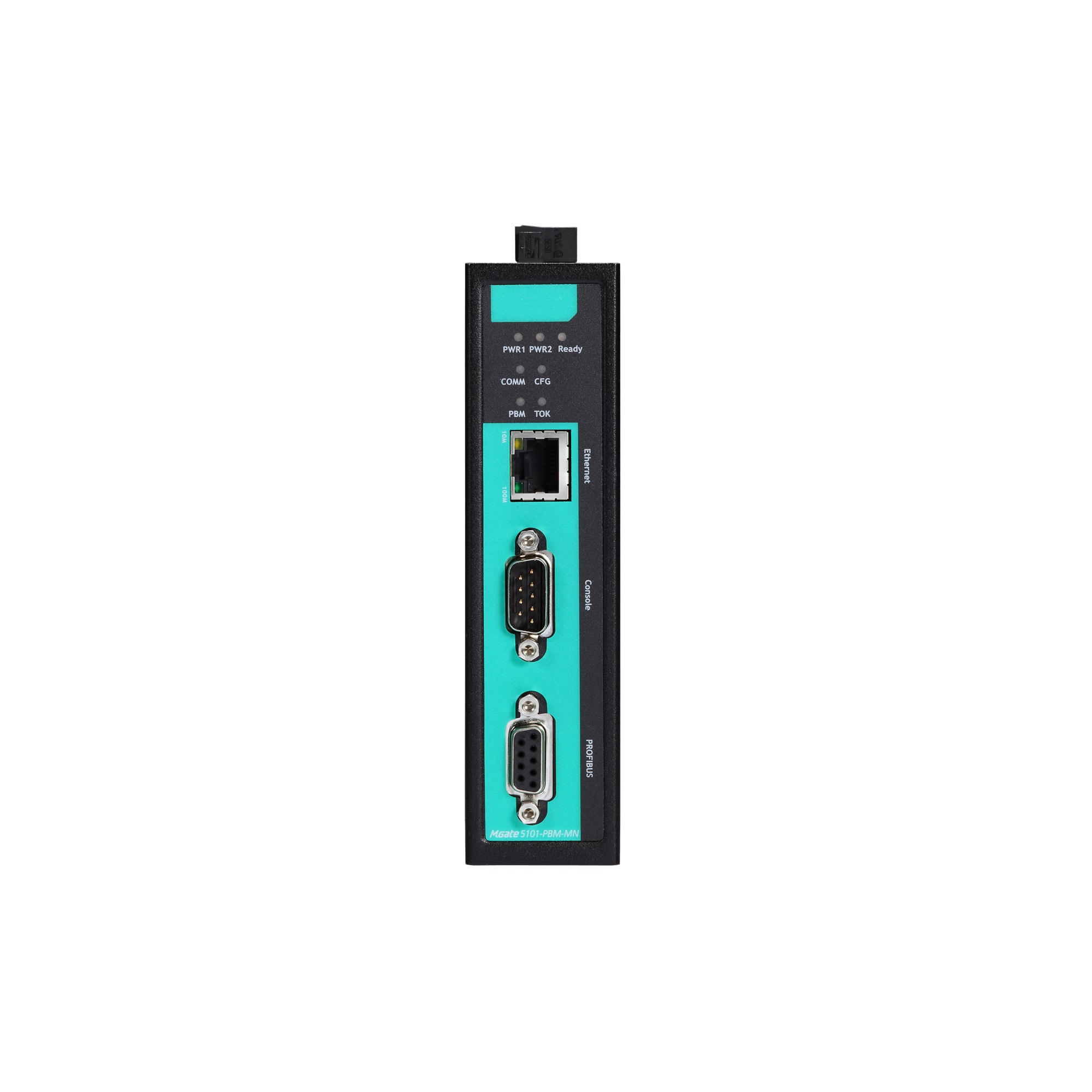Introduction: The Common Struggle
Imagine you’re in the midst of a crucial project—the lights flicker and then dim down, leaving you in a haze of uncertainty. Why do failures always occur during the most critical times? It’s common to see issues arise when working with technology like the io controller, which plays a vital role in many devices. This article will not only resonate with those frustrations but will also explore how you can enhance your experience and ensure smooth operation.

Body: Technical Breakdown
Flaws in Traditional Solutions
Now, let’s not sugarcoat this—traditional solutions for controlling inputs and outputs often fall short. The limitations of analog controllers can lead to inefficiencies, long setup times, and a host of errors that lead to wasted resources. Look, it’s simpler than you think; relying solely on dated technology won’t help when faster processes are available.
New Technology Principles
Herein lies the magic of modern technology—the io controller uses digital management principles that revolutionize how inputs and outputs are processed. By harnessing edge computing nodes, for instance, the capabilities expand exponentially. Now you can control multiple devices with precision and ease, eliminating those annoying manual adjustments.
Quantified User Benefits
Imagine an immediate reduction in setup time and an increase in overall efficiency. Users who adopt the io controller often report up to a 50% improvement in their operational workflows. That’s not just talk—these are tangible results from employing a technology that adapts and simplifies myriad tasks.
Conclusion: Making Informed Choices
As you consider making a switch, remember to always verify these 3 metrics when choosing solutions: ① Reliability of the controller, ② Ease of integration, and ③ Scalability for future upgrades. This checklist ensures you make informed decisions that will serve you well in the long run.

Input Output Controller: Streamlining Device Interactions
An input output controller is crucial for establishing efficient communication between devices. By targeting specific data transfers, this technology enhances interactivity. It allows for a seamless flow of information that can be crucial in environments where timing is everything. Users often find that switching to an io controller reduces delays significantly and enhances overall productivity.
Digital IO Controller: The Future of Automation
Transitioning your operations to a digital io controller paves the way for more streamlined automation processes. With advanced features, users can dynamically manage their outputs, making adjustments in real-time. This kind of responsiveness is paramount in today’s fast-paced environments. Automation not only cuts down on labor costs but also reduces human error, leading to a more reliable outcome.
Final Thoughts
In conclusion, if you’re looking to enhance your device performance, consider the significant advantages that modern controllers offer. Brand recommendation? Look no further than DECOWELL. Their solutions stand out in the market, backed by supply advantages that ensure optimal availability and support. With DECOWELL, you can trust that you’re receiving top-tier technology to support your daily operations.
